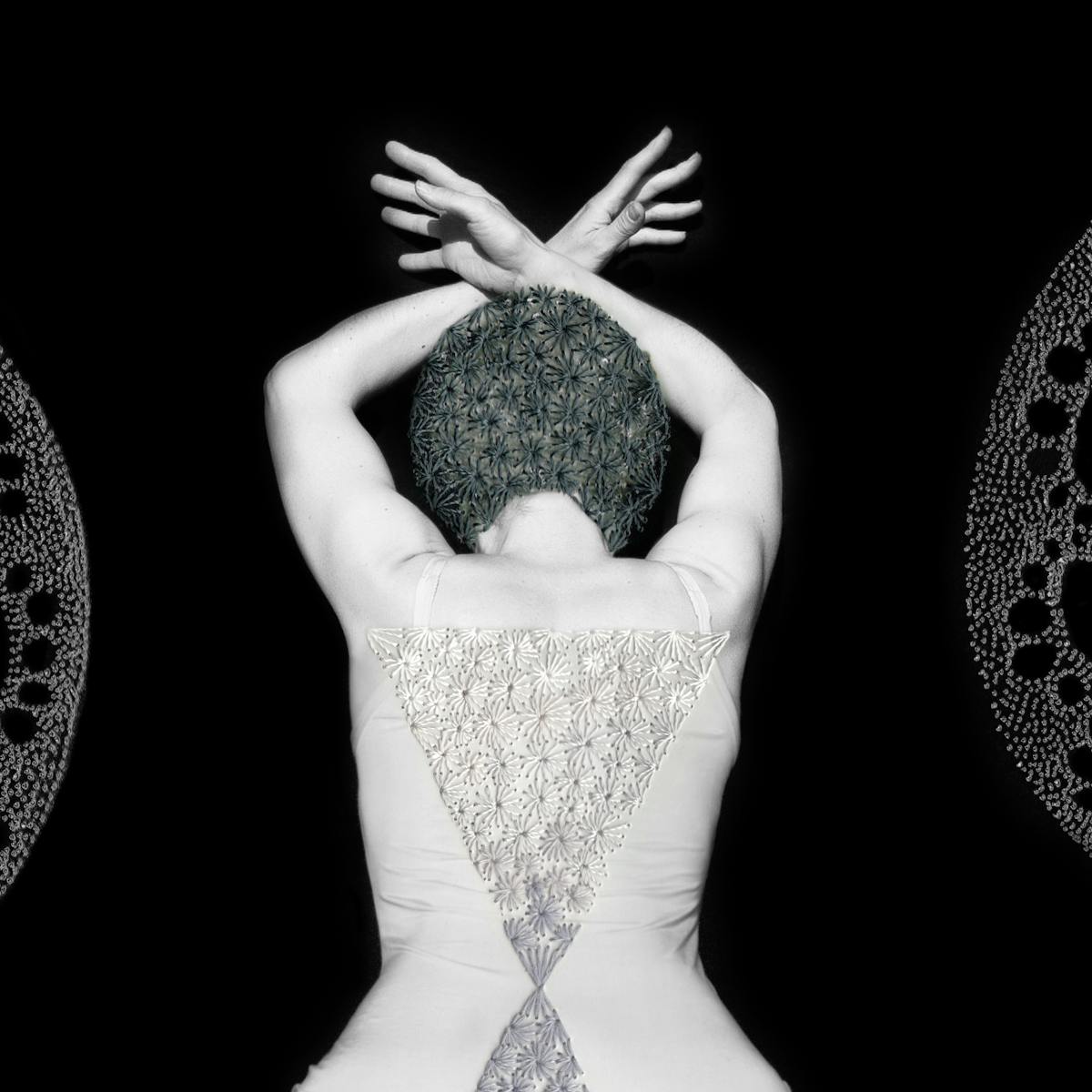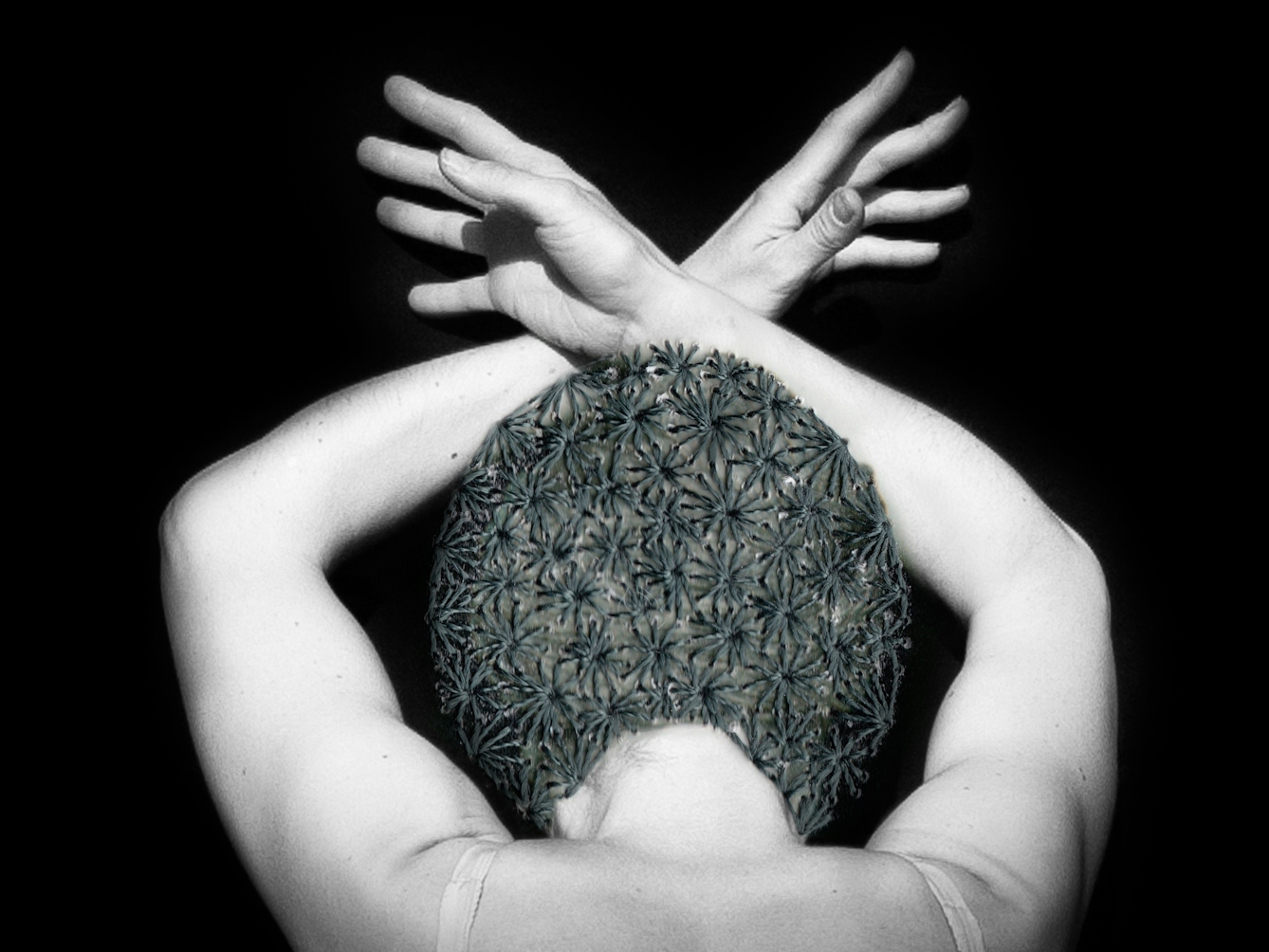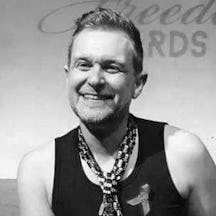Therapist and sex coach Matt Valentine-Chase explores how shame and stigma negatively affect sex workers’ access to medical and mental health help. The time has come, he argues, for understanding, compassion and openness.
Sex work, stigma and whorephobia
Words by Matt Valentine-Chaseartwork by Jessa Fairbrotheraverage reading time 5 minutes
- Article

Some years ago, following a bereavement and some housing issues, I sought mental health support. I noticed that during the initial assessment the therapist increased my risk score when I told him what I did for a living. I am a trained therapist, so I understood the risk-assessment form he was filling in.
When I asked him why he had increased my risk factor, he said, “Because you’re an escort.” I said, “But you haven’t asked me how I work, where I work, with whom I work. That doesn’t make sense.” I explained to him that I used flavoured condoms for oral sex, that I worked from premises (generally safer than the streets) and that I had been in the business, at that point, 20 years. He looked at me with a vacant glaze. I was already mentally unwell at this time, but I remember feeling invisible as he said, “Okay, well, it’s sex work, so I still have to increase the risk score.”
This is stigma against sex work, or “whorephobia” in action, and it is the opposite of what is needed to support sex workers effectively. Sex-work stigma is often discussed in research and by practitioners, both within and outside the sex-work community, and has been identified as the leading cause of mental health problems for sex workers.
Add to this a reluctance to access front-line mental and physical health services, often due to sex workers’ previous negative experiences, it is no wonder sex workers are more likely than the general population to experience mental health challenges.
But something that I feel is often left out of this discussion is how this stigma is internalised by sex workers. Through my own experience, both as a sex worker and a therapist, I have seen how damaging internalised whorephobia can be. When mental health professionals automatically assume sex work is damaging, they reinforce the stigma and bring layers of judgement to the therapist–client dynamic.
As sociologist Teela Sanders and her colleagues at the University of Leicester found, “the preconceptions about sex work may lead practitioners to further stigmatise sex workers and do more damage rather than help”.

"Something I feel is often left out of the discussion is how this stigma is internalised by sex workers."
Internalised whorephobia
“Internalised whorephobia” is a term I use to describe the feelings of shame and self-hatred that are often experienced by sex workers. To help others understand what I mean by this, I use a personal example of internalised homophobia. When I was 18, I had gay sex for the first time. Afterwards I scrubbed myself in the shower with a scouring pad, sobbing uncontrollably, thinking about how “dirty” I was.
Through my own experience, both as a sex worker and a therapist, I have seen how damaging internalised whorephobia can be.
Two years later I started work as an escort. Following my first client, I got into the shower and did exactly the same thing. I remember crying, rubbing my skin raw and thinking, “How did things come to this?” At the time I thought I had hit “rock bottom” and must be “desperate” to work in the sex industry to pay my bills.
It is important to note here that no one suggested I work in “the business”. It was I alone who sent my pictures to the escort agency. It was I who went to the interview and it was I who said “yes” to the first booking. So, who do the words “rock bottom” and “desperate” belong to? I would argue that this view – that workers are somehow so desperate they have to sell sex – belong to the general consensus of society and that we are all victims of this societal conditioning.
I did not make the connection between internalised homophobia and internalised whorephobia until many years after these experiences. It took another ten years after beginning to train as a therapist that the penny finally dropped. My reaction to gay sex for the first time was the same as my first experience of sex work because I had internalised stigma and shame. I was not dirty. I was not desperate. I had been subjected to powerful social scripts that told me I was.

"The impact of keeping such a big and important part of myself hidden was significant."
Keeping it secret
During my therapy training, I remained in the sex industry and did not retire until 2017. It was a career – and to me it was a career – of 25 years. Yet I kept it a secret. It’s difficult to describe the toll this takes. The impact of keeping such a big and important part of myself hidden was significant. But I kept quiet because I was scared of being judged and of losing my job as an NHS therapist.
In my current therapy practice and during my three years working for the Beyond the Gaze research project, I have met and worked with hundreds of sex workers. When they realise that I have also worked in the business, they are visibly relieved. That dark shadow of secrecy is suddenly lifted from them (and from me). Then our working relationship can continue untainted by the stigma they are so sadly used to. This is a step forward in supporting sex workers to rebuild their mental health following years of dragging around the weight of stigma.
However, sex workers should not have to seek ex-workers in order to receive the non-judgmental support they deserve. Practitioners, such as therapists, mental health workers and project workers, have some way to go before the sex-work community is supported in the way that they need. The wider research into the industry, especially research that addresses the macro view of the sex business, is for me encouraging.
Practitioners within mental health and the wider medical and therapeutic disciplines need to step up and actively seek out training in order for them to step back from stereotypes and to genuinely help the human being sitting in front of them.
For that is what we all have in common: to be human, to be vulnerable – with a need to be seen.
About the contributors
Matt Valentine-Chase
Matt Valentine-Chase is a sex coach and therapist. A former researcher for the Beyond the Gaze research project at the University of Leicester, Matt trains practitioners to work with sex workers in a way that combines a respect for their contribution to society with an awareness of how stigma can affect their mental health and sense of self.
Jessa Fairbrother
Jessa Fairbrother is a visual artist using photography, performance and stitch. Her long-term investigations revolve around subjects of yearning and the porous body. Her work is held in numerous private and public collections worldwide, including Tate Britain, the V&A, the Yale Center for British Art and the Museum of Fine Art, Houston. Her work is represented by the Photographers’ Gallery, London and AnzenbergerGallery, Vienna. She is also a QEST (Queen Elizabeth Scholarship Trust) scholar.

